Blog
Enhance Motor Skills Using a Busy Board Light Switch
A busy board light switch is more than just a playful tool; it serves as an engaging and effective way to enhance motor skills in children. When creatively designed, these boards can foster dexterity and coordination while providing sensory stimulation. In this article, we will explore how busy boards, particularly those featuring light switches, can be instrumental in the developmental journey of children.
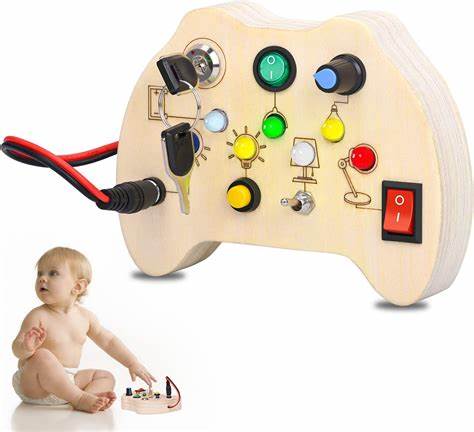
Understanding Motor Skills Development
Motor skills refer to the physical abilities that allow us to perform various activities, from simple tasks like grasping objects to more complex actions such as running or writing. The development of these skills occurs throughout early childhood and can significantly influence a child’s ability to engage with their environment.
The Importance of Fine Motor Skills
Fine motor skills involve small movements made by the fingers, hands, and wrists. These skills are crucial for countless everyday tasks, including:
- Writing
- Buttoning clothes
- Eating independently
Developing fine motor skills lays the foundation for academic success and fosters self-confidence in children. Engaging activities that require precision and coordination encourage children to practice these essential skills, making learning both fun and effective.
Gross Motor Skills and Their Relevance
Gross motor skills pertain to larger movements involving major muscle groups. Activities that help develop gross motor skills include walking, running, and jumping. While often overshadowed by fine motor skills, gross motor development is equally important, as it enhances overall physical health and the ability to participate in social activities.
Busy boards integrating elements like ramps, slides, and even light switches can bridge the gap between fine and gross motor skill development, inviting children to explore their physical capabilities in a safe environment.
How Busy Boards Facilitate Skill Development
Busy boards serve as tactile experiences that engage multiple senses. By incorporating items such as zippers, buttons, and, notably, light switches, these boards challenge children’s cognitive functions and fine motor skills simultaneously.
When children interact with a busy board light switch, they learn cause and effect: pulling a switch down results in a light turning on, fostering an understanding of mechanics while also enhancing hand-eye coordination.
Designing a Busy Board Light Switch
Creating an effective busy board requires careful planning and creativity. A well-designed board not only captures attention but also offers diverse opportunities for skill development.
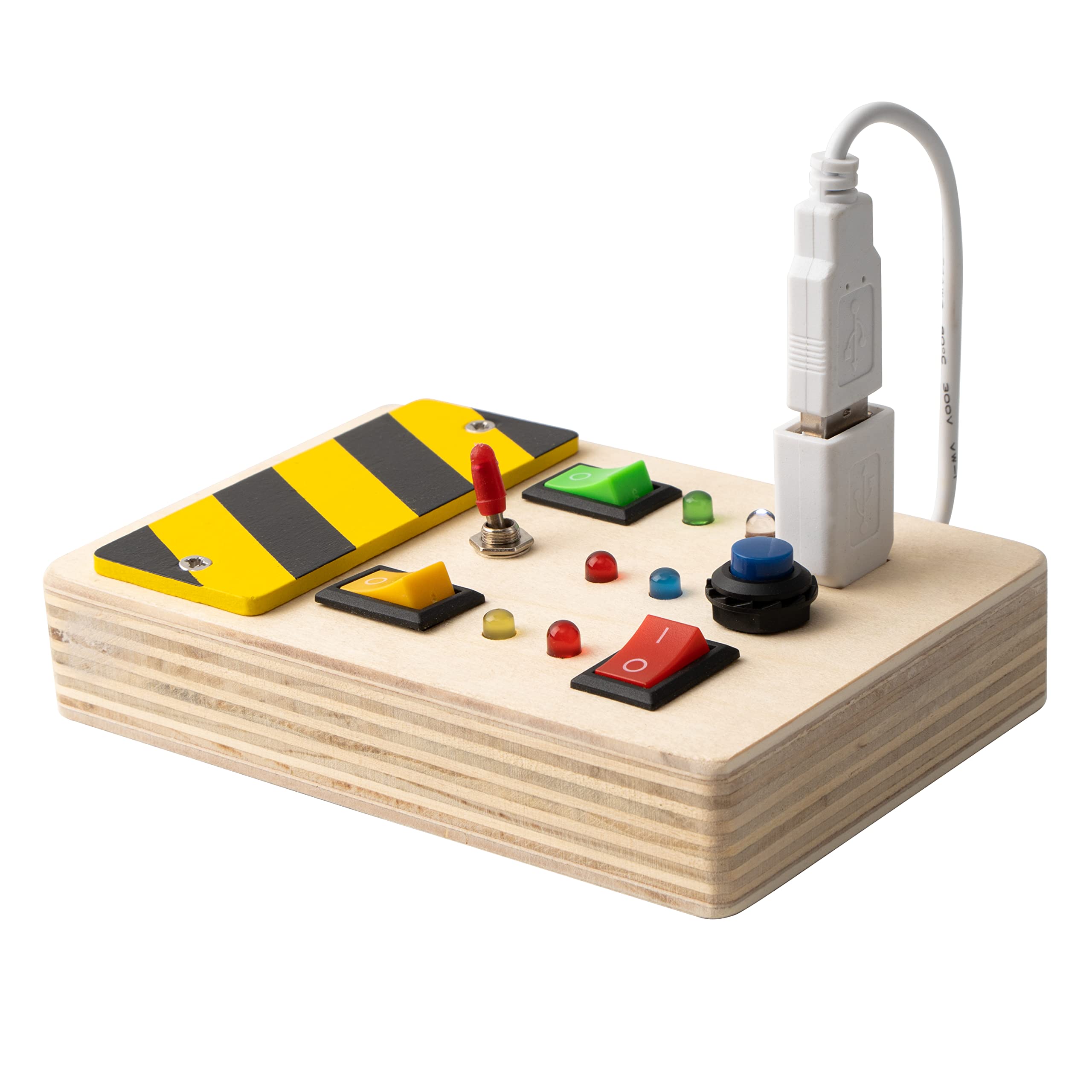
Choosing the Right Materials
The materials used in a busy board should prioritize safety, durability, and engagement. Common materials may include:
- Wood: Provides a sturdy base and is easy to paint.
- Plastic: Lightweight and can come in various shapes and colors.
- Fabric: Soft and tactile; great for sensory experiences.
Incorporating a mix of materials can make the busy board visually appealing and cater to different sensory preferences. For instance, a wooden board adorned with colorful plastic buttons can attract children’s curiosity while allowing them to manipulate various textures.
>>>Buy now: Woodland Busy Board, Custom Board
Incorporating Engaging Elements
The beauty of a busy board lies in its potential for creativity. Here are some engaging elements you can consider when designing a busy board light switch:
- Light Switches: Integrating real or mock light switches helps children understand functional mechanics.
- Sound Buttons: Adding sound elements can heighten sensory experiences. Consider using bells or musical buttons that can be activated by pressing.
- Mirrors: Mirrors can captivate children’s attention, encouraging them to explore their reflection as they interact with other elements on the board.
- Tactile Surfaces: Introducing a variety of textures—such as faux fur, sandpaper, or velvet—adds a sensory dimension that encourages exploration.
Safety Considerations
To ensure a safe experience, it’s crucial to follow certain guidelines when designing your busy board.
- All items should be securely attached to prevent any choking hazards.
- Avoid sharp edges by sanding down surfaces and using rounded corners.
- Use non-toxic finishes, especially if your busy board will be used by younger children.
By prioritizing safety, parents and caregivers can create an enriching, worry-free experience for children exploring their new busy board.
Engaging Children with Active Play
Using a busy board light switch encourages active play, which is critical for holistic development.
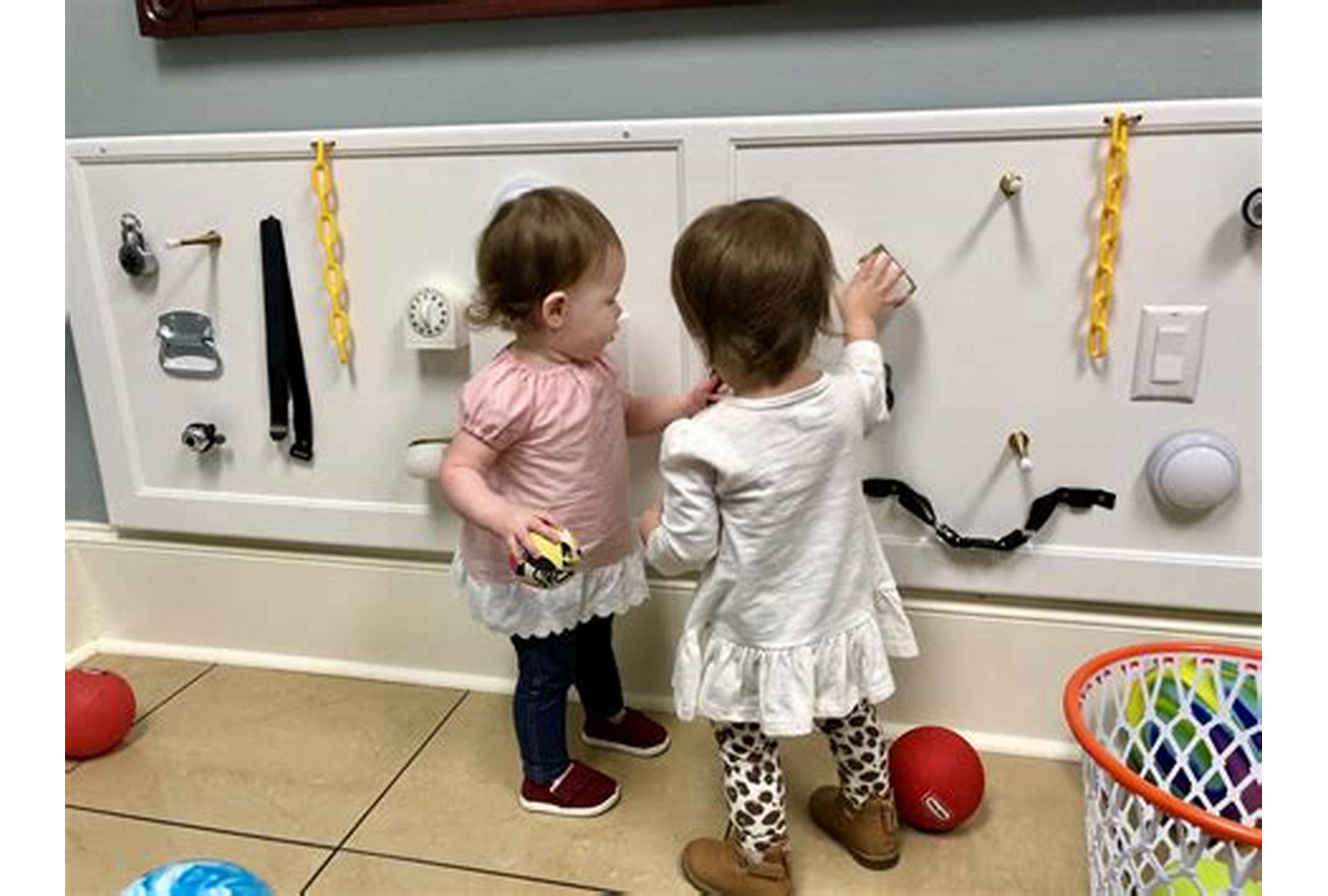
Creating Interactive Experiences
An interactive experience is key to keeping children engaged. Encourage participation by setting up scenarios where they need to use the busy board features to complete specific tasks.
For example, you could create a game where they need to turn on lights at particular intervals while performing an additional task, such as counting out loud. This multi-layered approach simulates real-world scenarios, helping children connect abstract concepts with tangible actions.
Encouraging Social Interaction
Busy boards can also facilitate social interaction among children. When several children gather around a busy board, they naturally start collaborating, sharing ideas, and teaching each other how to navigate different elements.
These moments of shared learning build social skills, including communication, teamwork, and empathy. Parents can encourage cooperative play by asking open-ended questions and suggesting collaborative games that incorporate the busy board’s features.
Fostering Independent Exploration
While group play has its benefits, individual exploration is equally important. Allowing children to interact with the busy board at their own pace can help them develop confidence and independence.
Offer guidance when needed, but encourage self-discovery. This approach allows children to experiment, make mistakes, and learn through trial and error—skills that are invaluable as they progress in life.
The Impact of Busy Boards on Cognitive Skills
Beyond motor skills, busy boards, particularly those equipped with light switches, can positively impact cognitive development.
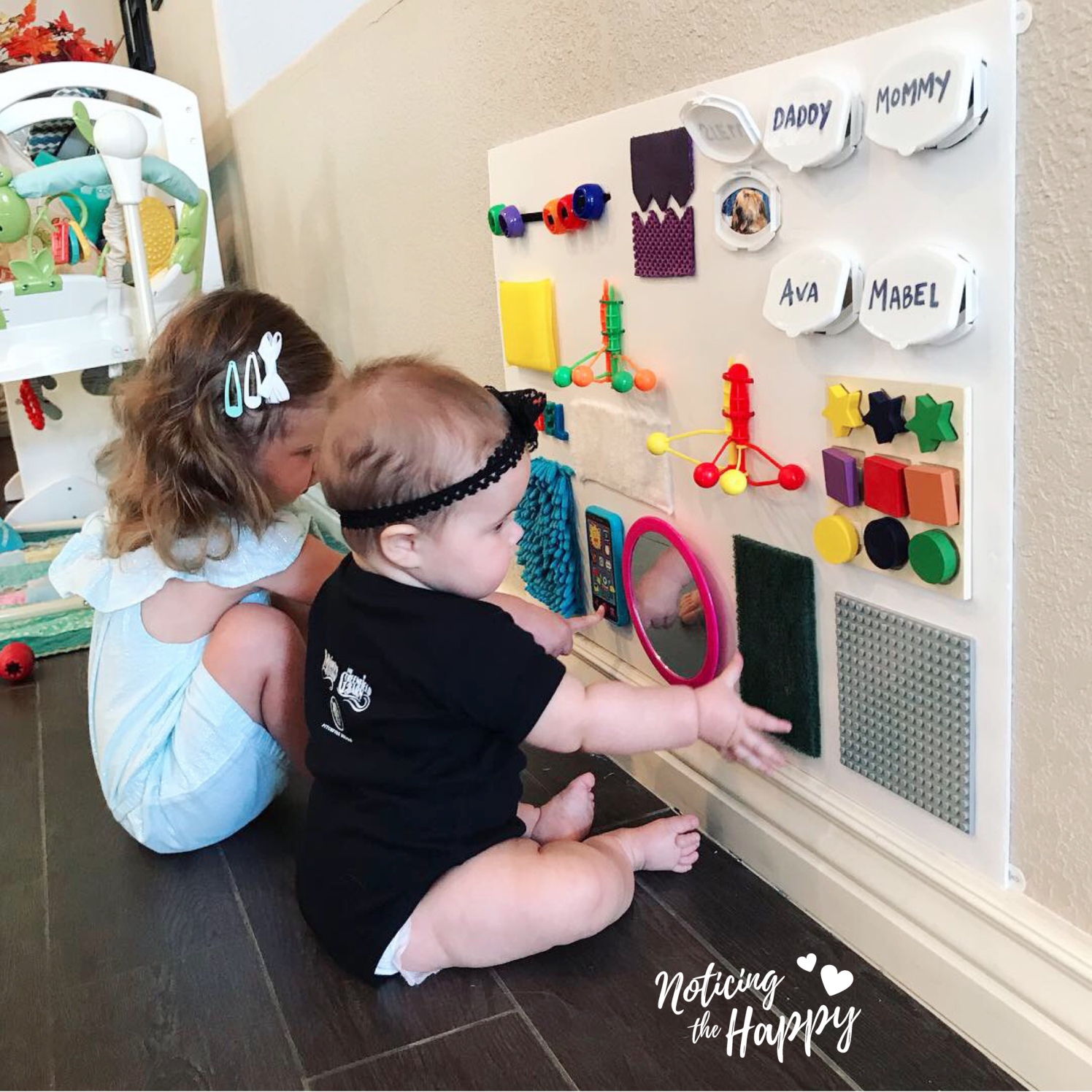
Enhancing Problem-Solving Abilities
Engagement with a busy board challenges children to think critically and solve problems. As they experiment with various components, they begin to understand cause-and-effect relationships.
For instance, if a child presses a light switch and nothing happens because it isn’t connected properly, they will likely attempt to investigate why. This inquiry promotes logical thinking and helps nurture problem-solving skills.
>>>Read more: Teach Your Child Responsibility and Boost Confidence with this Simple Daily Task: Polishing Silver, Brass, Money, and Metal
Stimulating Imagination and Creativity
Children have vivid imaginations, and busy boards serve as a canvas for creative expression. They can invent stories or scenarios surrounding the elements on their board, leading to imaginative play that incorporates storytelling, role-playing, and artistic creation.
Encourage this imaginative play by prompting children with questions about what they see on the board. Ask them how they would use a light switch in their imaginary world, leading to rich narratives that expand their cognitive landscape.
Building Memory Skills
Memory is a vital aspect of cognitive development, and busy boards can train memory retention through repeated exposure and practice. By interacting with various elements regularly, children strengthen their memory pathways, improving their recall abilities over time.
This repetition can be paired with verbal reinforcement, such as naming the components or describing their functions. This dual approach of visual and auditory reinforcement solidifies learning and enhances memory skills.
Real-Life Applications of Learning Through Play
Learning through play is a foundational philosophy in early childhood education, and busy boards exemplify this approach.
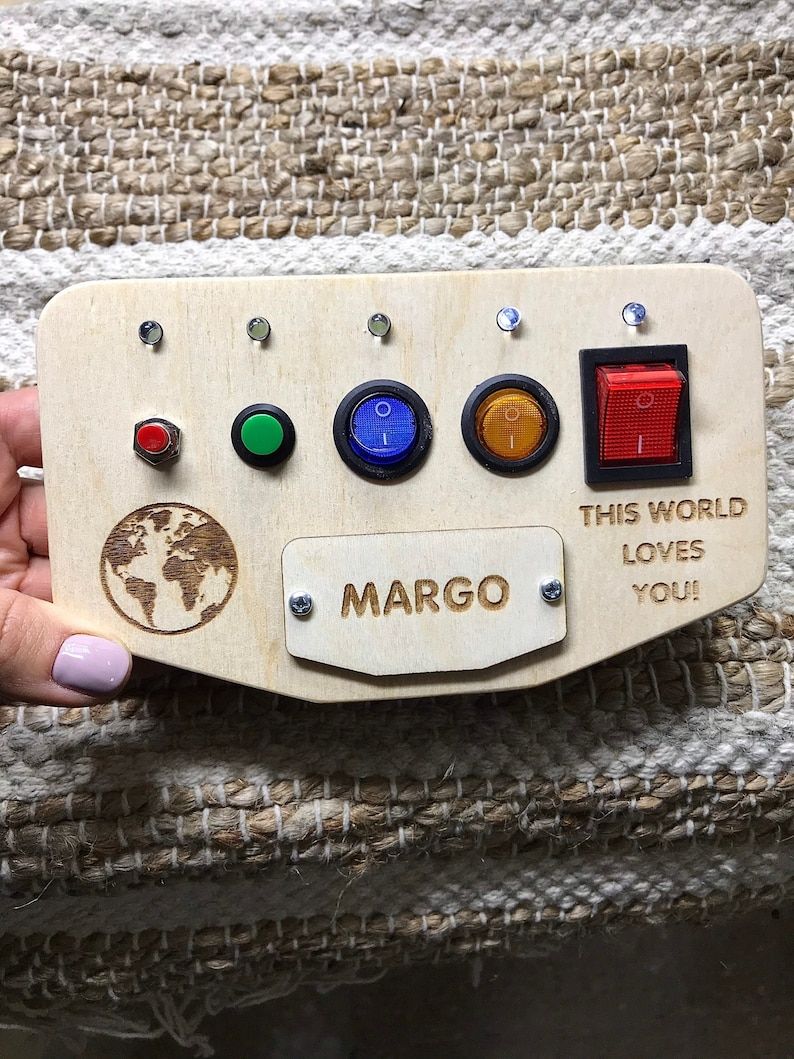
Home Learning Environments
Parents can create dedicated spaces within their homes filled with busy boards and similar resources. These environments reinforce the importance of learning in play while providing children with accessible tools for discovery and growth.
Ensure that these spaces are safe and inviting, with ample natural light and comfortable seating. Personalize the area with the child’s interests in mind, whether it be themes related to nature, space, or animals.
Transitioning to Formal Education Settings
Busy boards can be valuable additions to preschool classrooms as educators strive to create dynamic learning environments. They can serve as transitional tools that ease children into more structured educational settings.
Teachers can integrate busy boards into daily routines, offering short periods of free play that allow children to familiarize themselves with classroom rules while simultaneously developing their motor and cognitive skills.
Supporting Special Needs
Children with special needs often benefit from multisensory learning experiences. Busy boards can provide tailored interactions that meet individual developmental goals, allowing for a personalized approach to learning.
By modifying elements of the busy board to suit different needs—such as using larger switches or softer textures—teachers and caregivers can empower all children to thrive through engaging play.
Conclusion
Utilizing a busy board light switch presents a compelling opportunity for holistic development in children. From enhancing motor skills to stimulating cognitive growth, the versatility of busy boards makes them an invaluable tool for parents and educators alike.
By thoughtfully designing these boards, creating engaging learning environments, and promoting active, imaginative play, we equip children with the skills they need for lifelong success. Investing time and energy into these playful yet educational experiences ultimately cultivates a nurturing atmosphere where children can explore, learn, and flourish.
